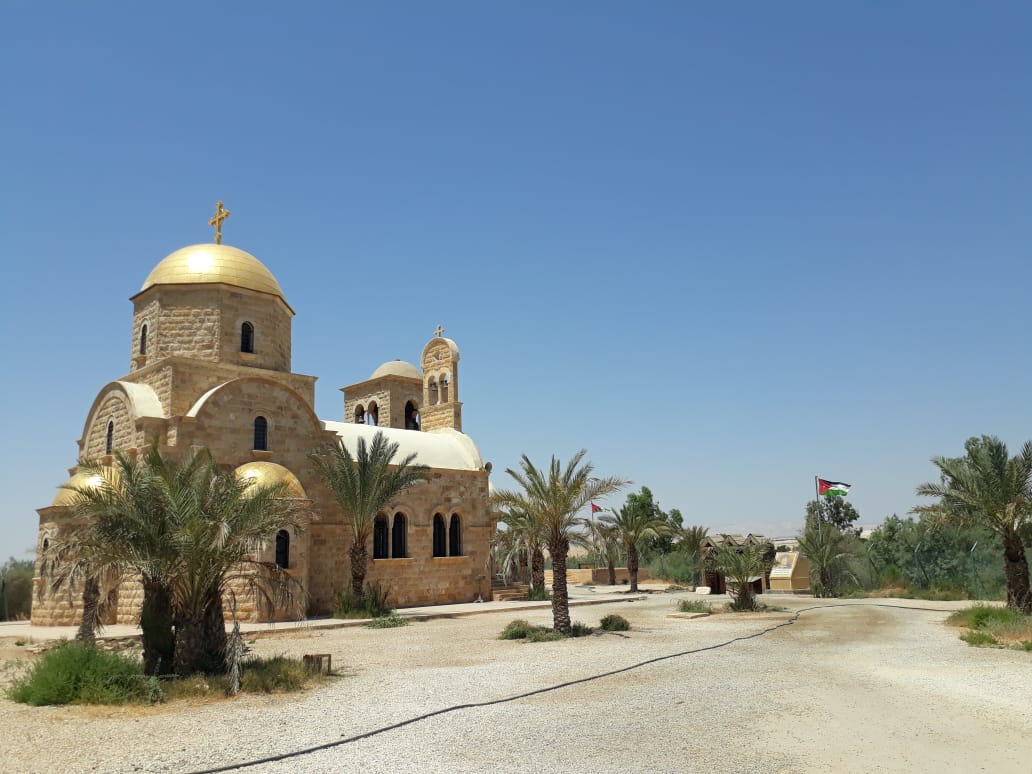
Jordan is where some of the biblical events took place from the Old Testament to New Testament. For hundreds of years pilgrims, historians and the culturally curious have been travelling to Jordan in search of the sites of biblical importance. The eastern banks of the Jordan River alone are home to no fewer than 100 such sites.
Whether you are spiritually minded, interested in history or just curious as to where the biblical stories took place, you will agree that there is so much to see in The Holy Land of Jordan.
Pope John Paul VI, Pope John Paul II, Pope Benedict XVI and Pope Francis have also visited this pilgrimage sites.
Most of this biblical sites are within driving distance of Amman, where you can have a day trip during your stay in the city.
We have listed below the some of the Biblical sites that you might want to visit in your visit to Jordan.
Bethany beyond Jordan (The Site of Jesus’s Baptism)
John 1:28; Mathew 3:13-17; Like 3:21-23
Place where it is believed to where John the Baptist submerge Jesus into the waters of Jordan River and was sometimes referred in the Old Testament as Bethabara. Bethany beyond the Jordan on the east bank of the Jordan River has been authenticated by all major Christian leader and have been visited by the 3 Popes.
Mount Nebo
Deuteronomy 32:48-52
Mount Nebo is approximately 710 meters (2,330 ft) above sea level overlooking the Jordan Valley, Dead Sea and parts of the Holy Land. It was mentioned in the Bible as the place where Moses was granted to see the Promised Land that he would never enter. He died and was buried in Moab, “in the valley opposite Beth-Peor”. It is also believed to where prophet Jerimiah hid the Arc of the Covenant in a cave but has never been found.
Madaba
.jpg)
The Bible mentions Madaba and the vicinity of central Jordan multiple times. Stories that took place in Madaba (Medeba in the Bible) include Exodus, David’s war against the Moabites (2 Samuel 8:2), as well as Isiah’s prophecy of doom for Moab (Isaiah 15:1-9), and Moab’s rebellion against Israel (2 Kings 1:1). It is now a days known as the “Mosaic City” for its long-standing reputation with fine mosaic art. Rich with its early byzantine mosaic collections that are displayed at Madaba Archeological Park where you can fins also the most amazing mosaic, the 6th centrury mosaic map of Jerusalem and the Holy Land located also in the Orthodox Church of St. George.
Mukawir (Mechaerus)
Mathew 14:9-12
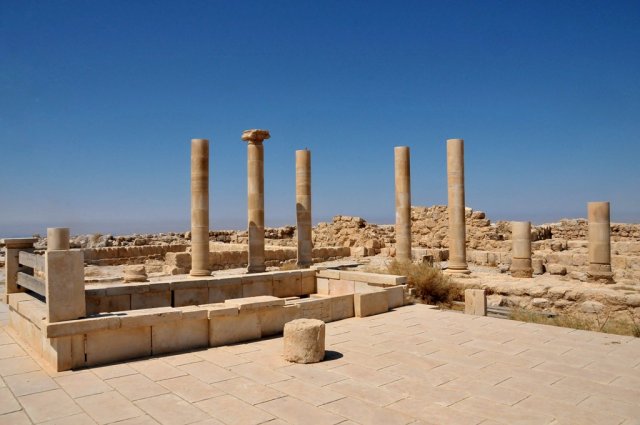
Machaerus is a hilltop palace of Herod the Great, King of Judea and was inherited by his son Herod Antipas. It is the place where John the Baptist was imprisoned and was executed after Salome’s fateful dance.
Dead Sea
Genesis 14:3; Ezekiel 47:7-12
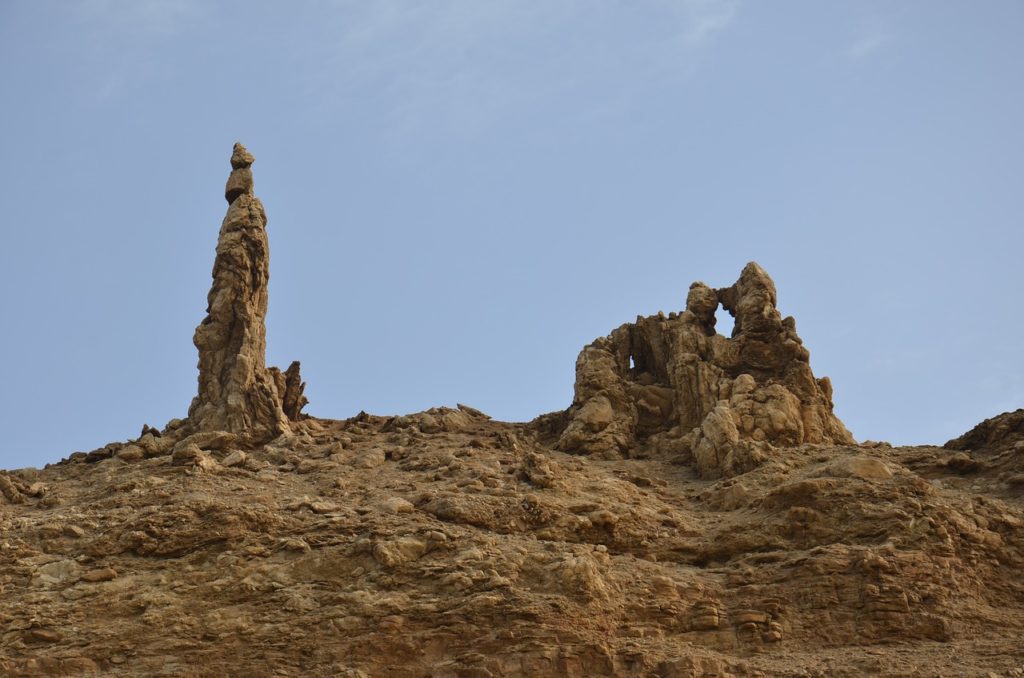
The Dead Sea was called the Salt Sea in the Bible. In one dramatic story, God was going to destroy the notoriously decadent cities of Sodom and Gomorrah that sat on the Dead Sea Plain. Abraham argued that Lot and his family should be allowed to escape since they were virtuous. God agreed but told them to leave and not look back. Lot’s wife couldn’t stand it and looked, so she was instantly turned into a pillar of salt (Genesis 19:24-26). Legend has it that today, Lot’s wife still stands as a rock formation, frozen in time because of her disobedience. With 400 meters (1,312ft) below sea level, the Dead Sea is the lowest point on the face of the earth, where ever since the days of Herod the Great, people have flocked to in search of its curative secrets.
Wadi Musa
Numbers 20:22-24; Matthew 2:1-12
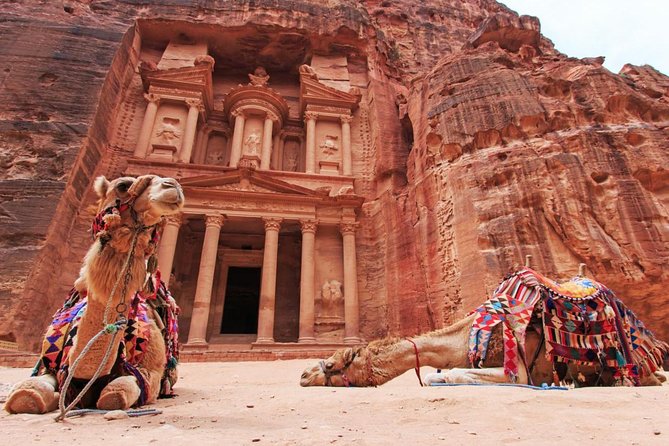
All known as to where the “Red Rose City” and one of the Seven Wonders of the World, Petra. Petra was first established around the 6th century B.C. by the Nabataean Arabs, a nomadic tribe who settled in the area and laid the foundation of a commercial empire that extended into Syria. This where Moses passed through the area and legend has it that it was at the spring in Wadi Musa (Valley of Moses) where he struck the rock and rebelled against God (Numbers 20:10-13), leading to his ultimate demise on Mount Nebo. Aaron, brother of Moses also displeased God, so he, too, was ‘gathered to his people’ and buried at Jabel Harun (Mount Hor). Since Petra was a major trading center on the Silk Road connecting Asia, Mesopotamia, Africa, and Europe, it was highly likely that it was the last stop for the three wise men as they traveled to Bethlehem with gifts of gold, frankincense, and myrrh for baby Jesus.
Amman (Rabbath Ammon)
Deuteronomy 2:18-29
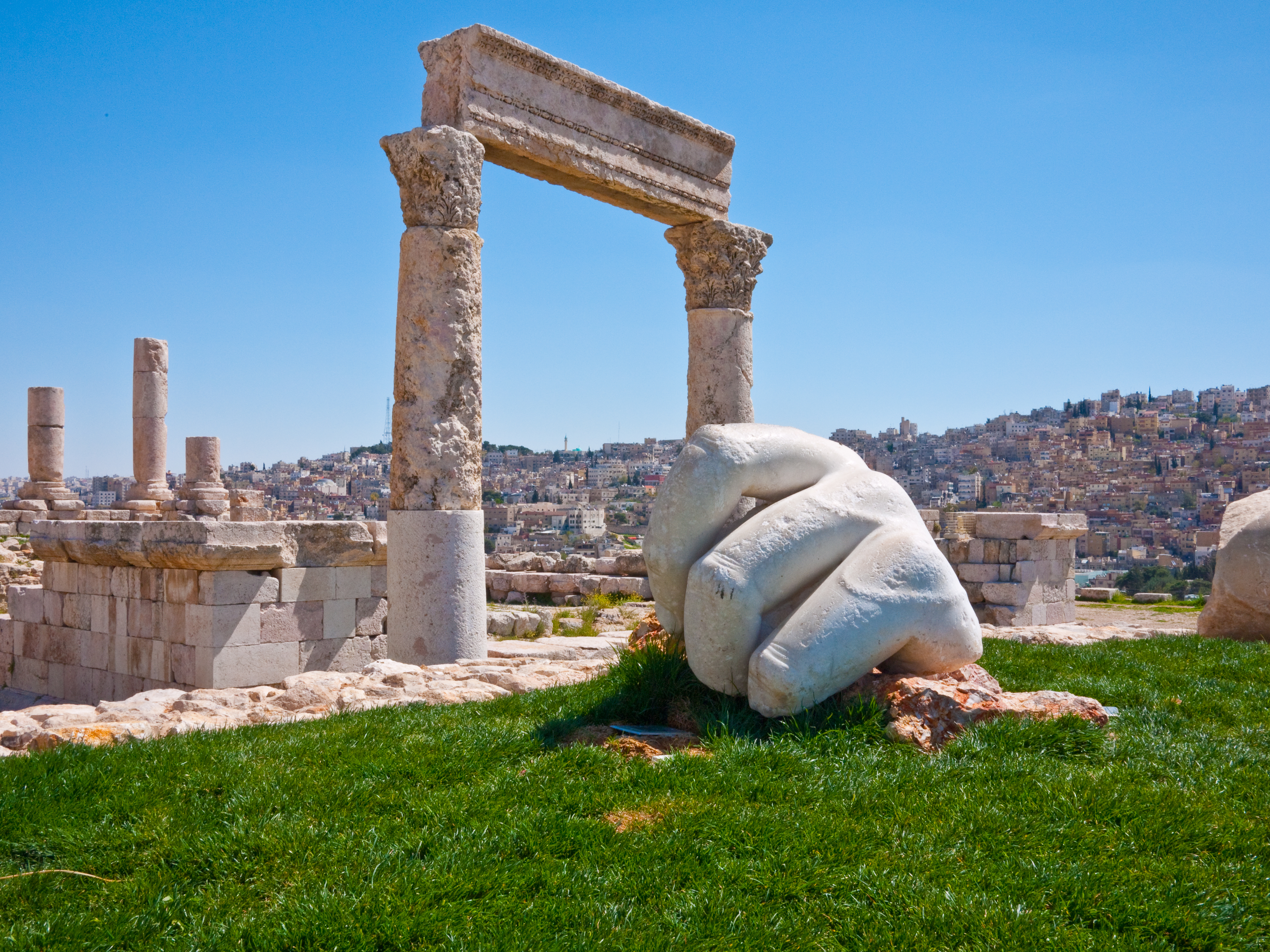
The capital of Kingdom of Jordan and was named as Ammon, home to the Kingdom of Ammonites. Ammonites are the descendants of lot, a nephew of Abraham. They fought numerous wars with Saul, David and others. It was renamed to Philadelphia during the Greek & Roman periods and change to its current name Amman during Islamic period. The Citadel is the site of ancient Rabbath-Ammon, and excavations here have revealed numerous Roman, Byzantine and early Islamic remains. Corinthian columns mark the site of the church Byzantine Basilica, which is thought to date from the sixth or seventh century CE. About 100 meters south of the church is what is thought to have been a temple of Hercules, today also known as the Great Temple of Amman. The temple was built in the reign of the emperor Marcus Aurelius (161-180 CE), and is currently under restoration.
King’s Highway (Derech Hamelech)
Number 20:17 and 21:22
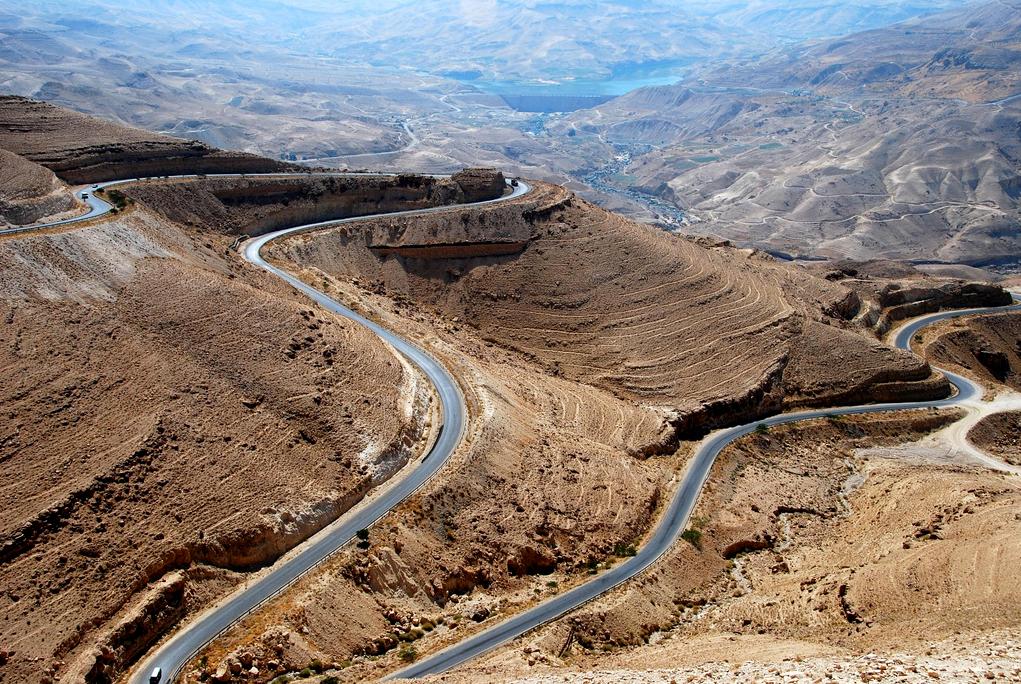
Is the most ancient route in the World that is still used. Lining both sides of this 335 kilometer (208 miles) thoroughfare is a rich chain of archaeological sites that reads like an index of ancient history and a biblical gazetteer -- prehistoric villages from the Stone Age, biblical towns from the Kingdoms of Ammon, Moab and Edom, Crusader Castles, some of the finest early Christian Byzantine mosaics in the Middle East, a Roman-Herodian fortress, several Nabataean temples, two major Roman fortresses, early Islamic towns, and the rock-cut Nabataean capital of Petra. Kings' Highway was the route that Moses (pbuh) wished to follow as he led his people north through the land of Edom, which is in southern Jordan. The name may, however, derive from the even earlier episode recounted in Genesis 14, when an alliance of "4 kings from the north" marched their troops along this route to do battle against the 5 kings of the Cities of the Plain, including the wicked cities of Sodom and Gomorrah. The invading monarchs captured Lot, Abraham's nephew (pbut), before retreating, only to be chased and overpowered near Damascus by Abraham, who rescued Lot before continuing his mission. This may have happened around 5000 years ago.